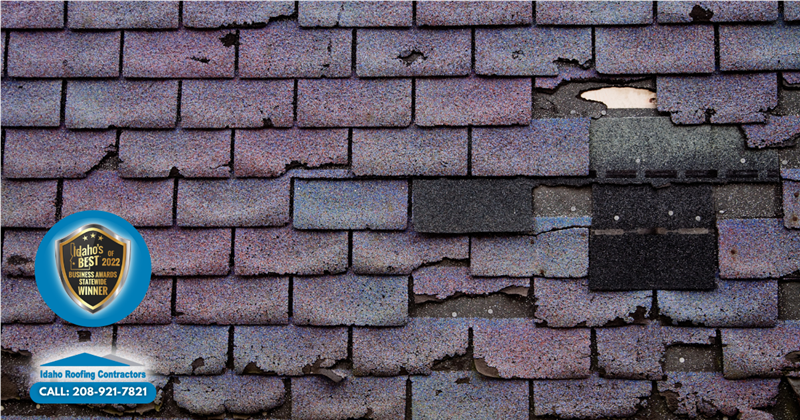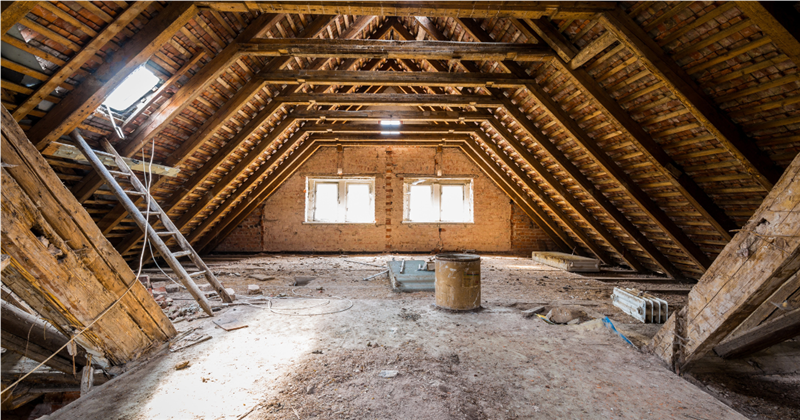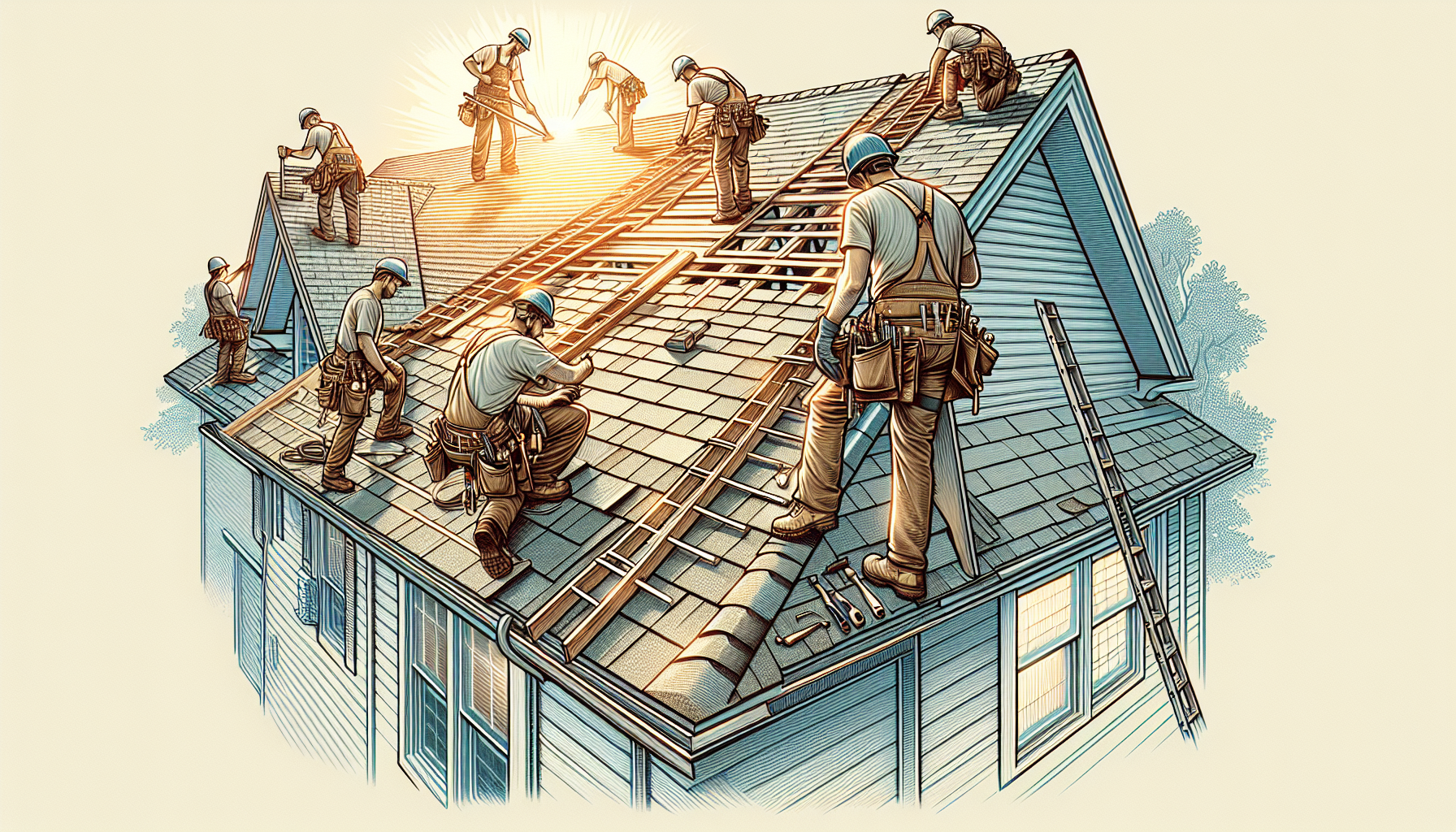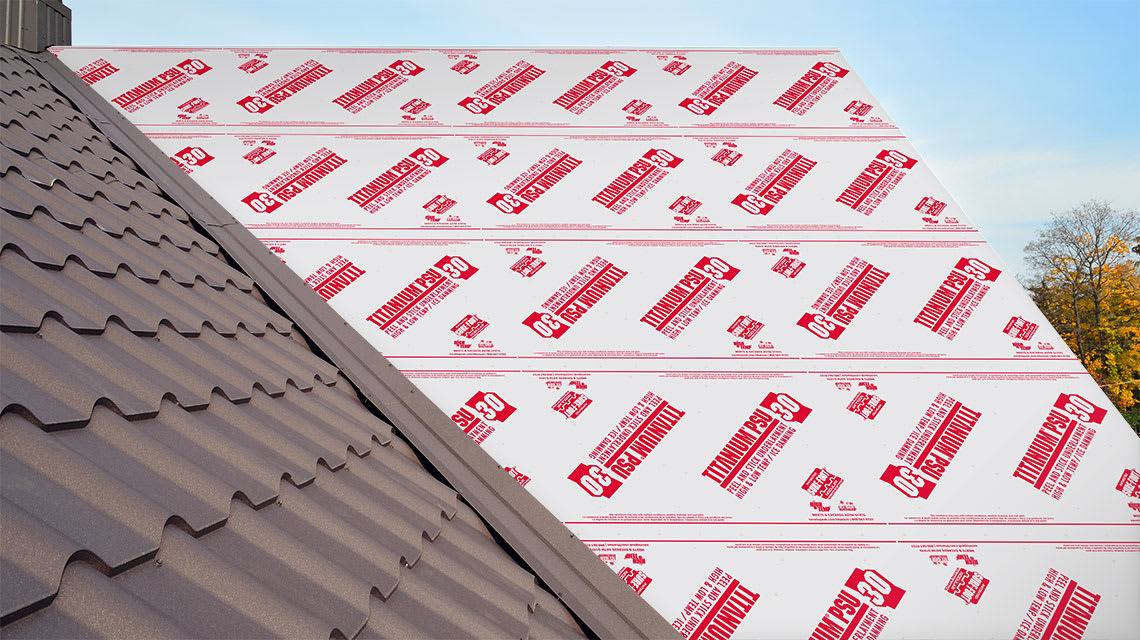So, you’re thinking about replacing your roof. Or maybe you’re pretty sure your roof needs repaired. You’ve taken the plunge and called a contractor (hopefully us!). And…now what? You’re a smart homeowner and want to understand what they’re talking about when they look at your roof. What are they actually looking for?
The short answer is – damage! But what does that mean? Here are the top three things contractors look at when inspecting your roof
Bonus tip: You can actually check out your roof for these potential issues yourself before the contractor even arrives if you want!
Does your roof have missing or damaged shingles?

Go check out your shingles! Either get up on your roof and have a look or take a pair of binoculars (yes, seriously) and inspect the roof for damage. How are they looking?
Do your shingles have granule loss?

Ever drive by a house and see that the corners of the shingles look…shiny? If not, pay attention when driving around. Maybe they look silver or metallic? A shiny shingle is a shingle that is absolutely compromised and no longer protects the home from rain and storms. That silver sheen means you may very well have leaks. And leaks = water damage.
Another sign of granule loss on your roof is if you can see asphalt granules at the bottom of the gutters or at the downspout (the place where the gutter funnels the water into your lawn).
Go check out your attic!

Get up into your attic (avoid spiders if you can) and check it out! Your roof has to breathe to work efficiently; it ‘inhales’ through the soffit vents, and ‘exhales’ through either box vents, powered fan(s), or ridge vents. (search Owens Corning types of ventilation for roofs).
The one main thing you want to check out in your attic? The temperature. You’re looking for the attic to be NO MORE than 15 degrees hotter than the outside ambient temperature. If your roof isn't breathing correctly, it’ll be WAY hotter in your attic than outside.
Subscribe to Idaho Roofing Contractors's Blog








Comments